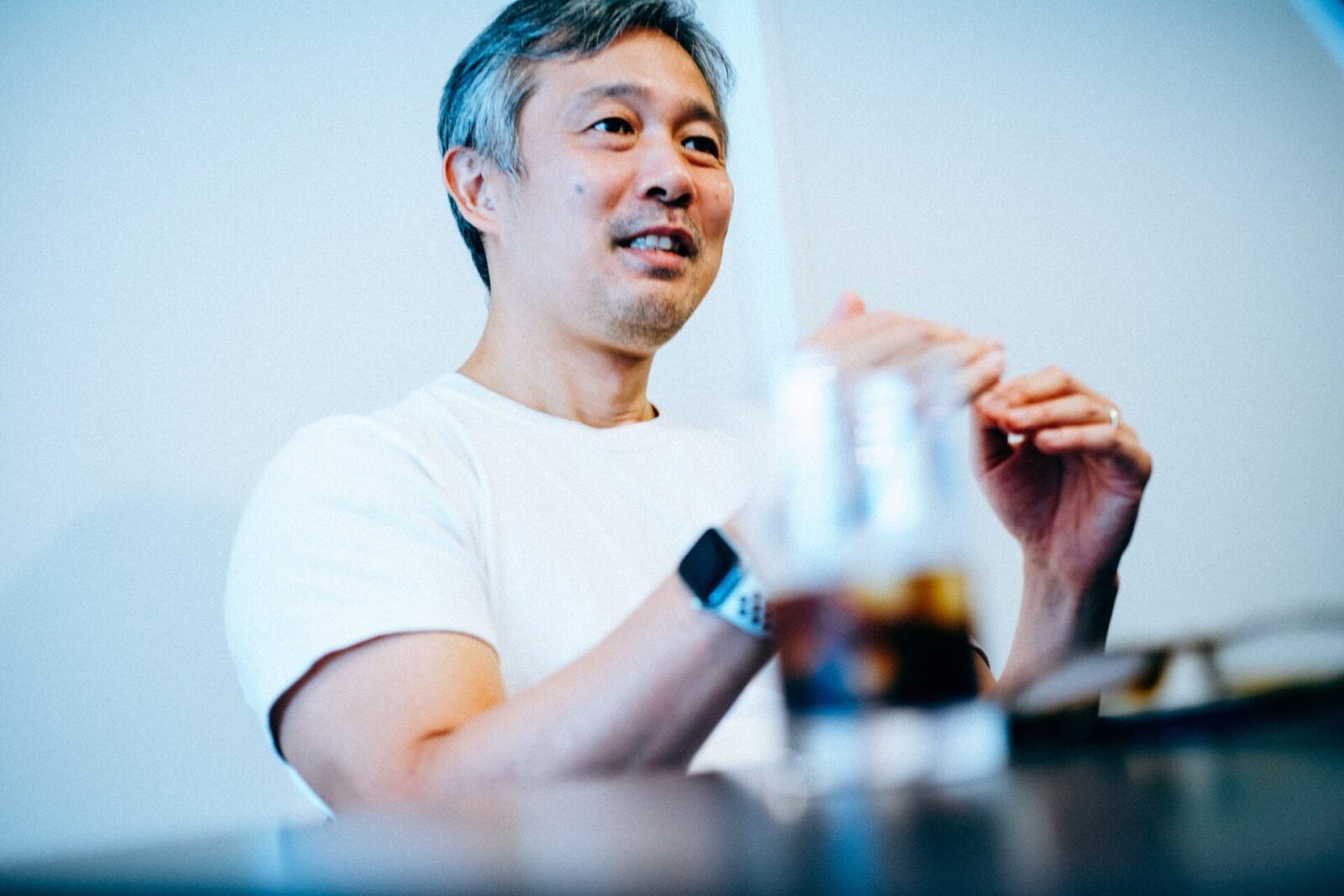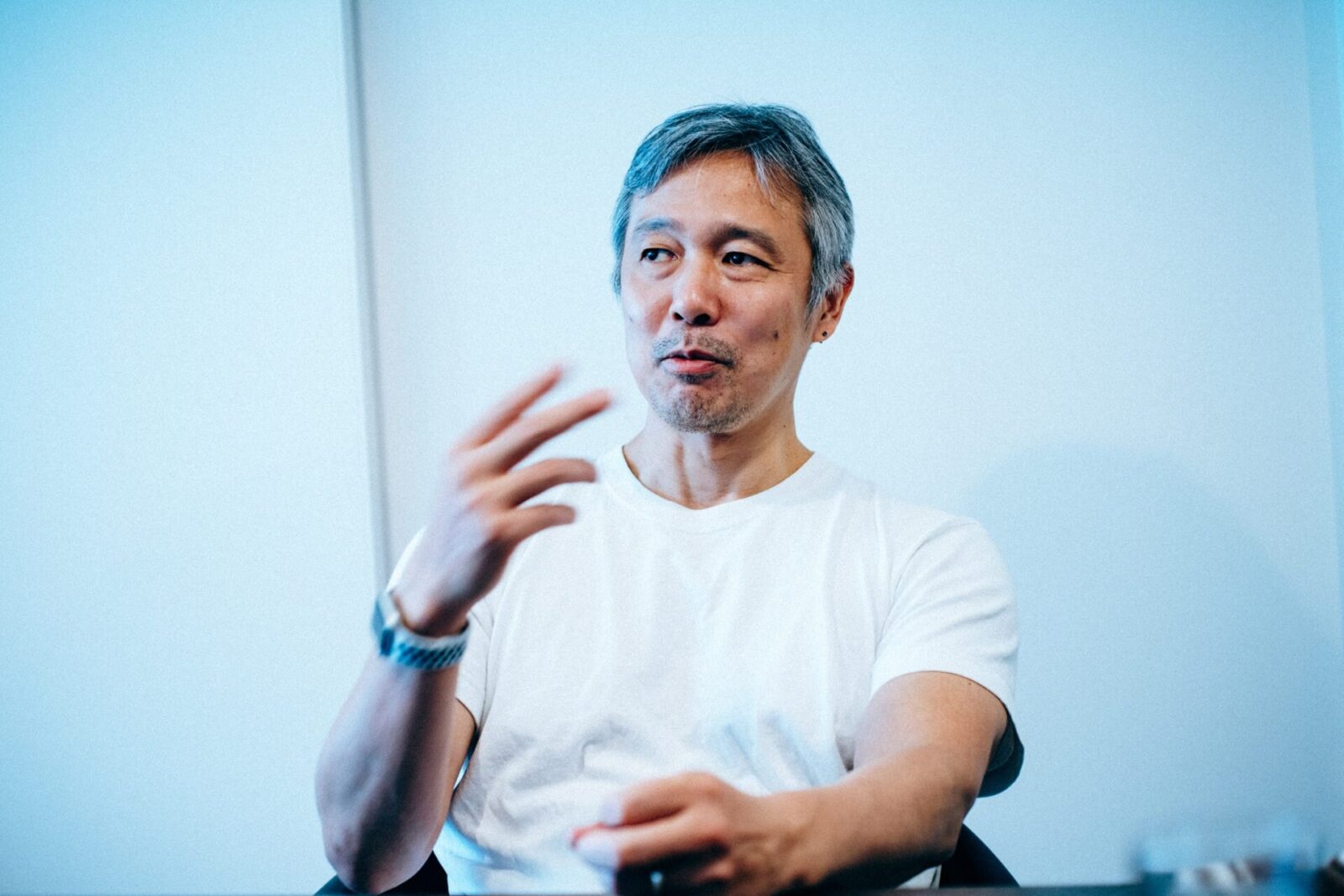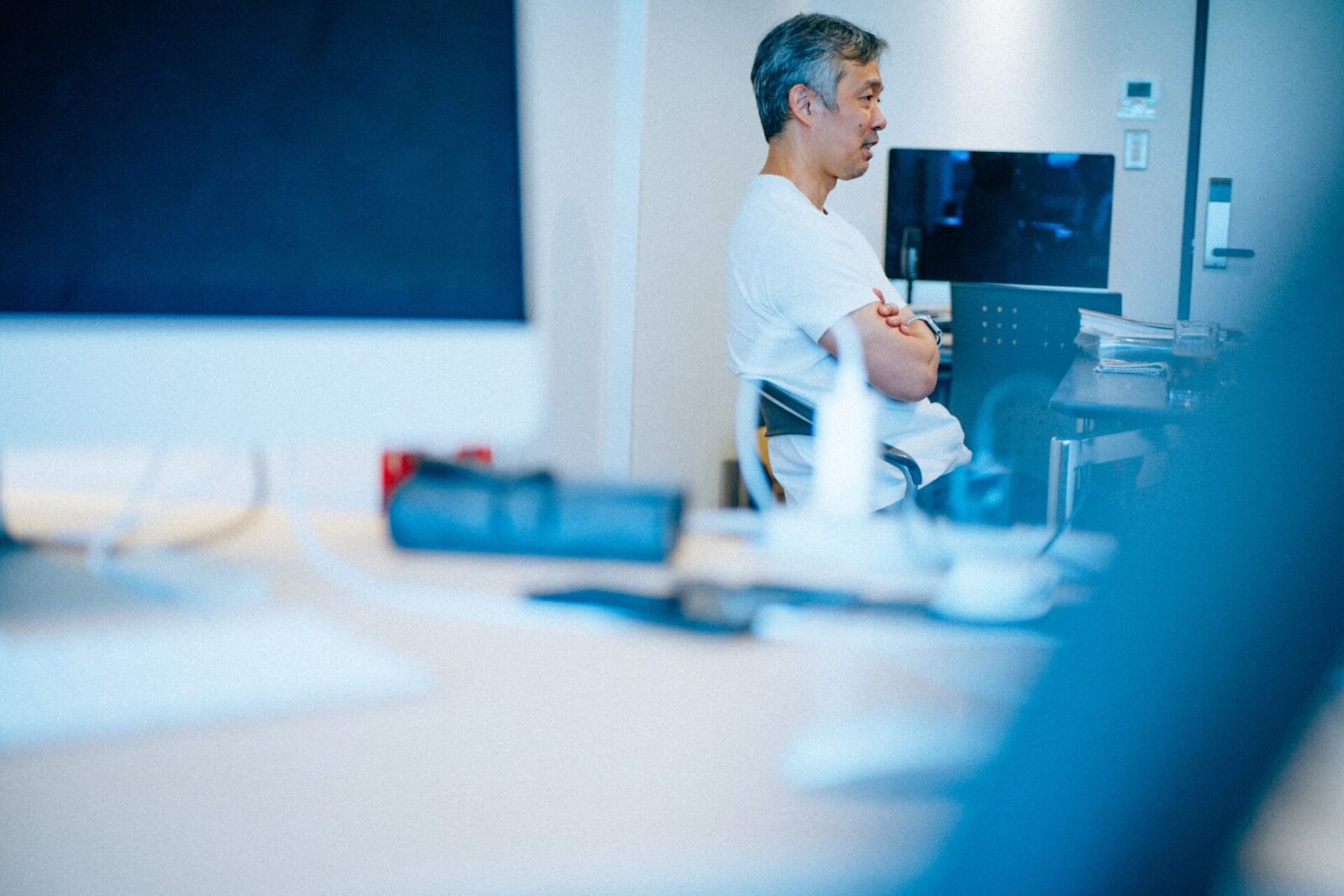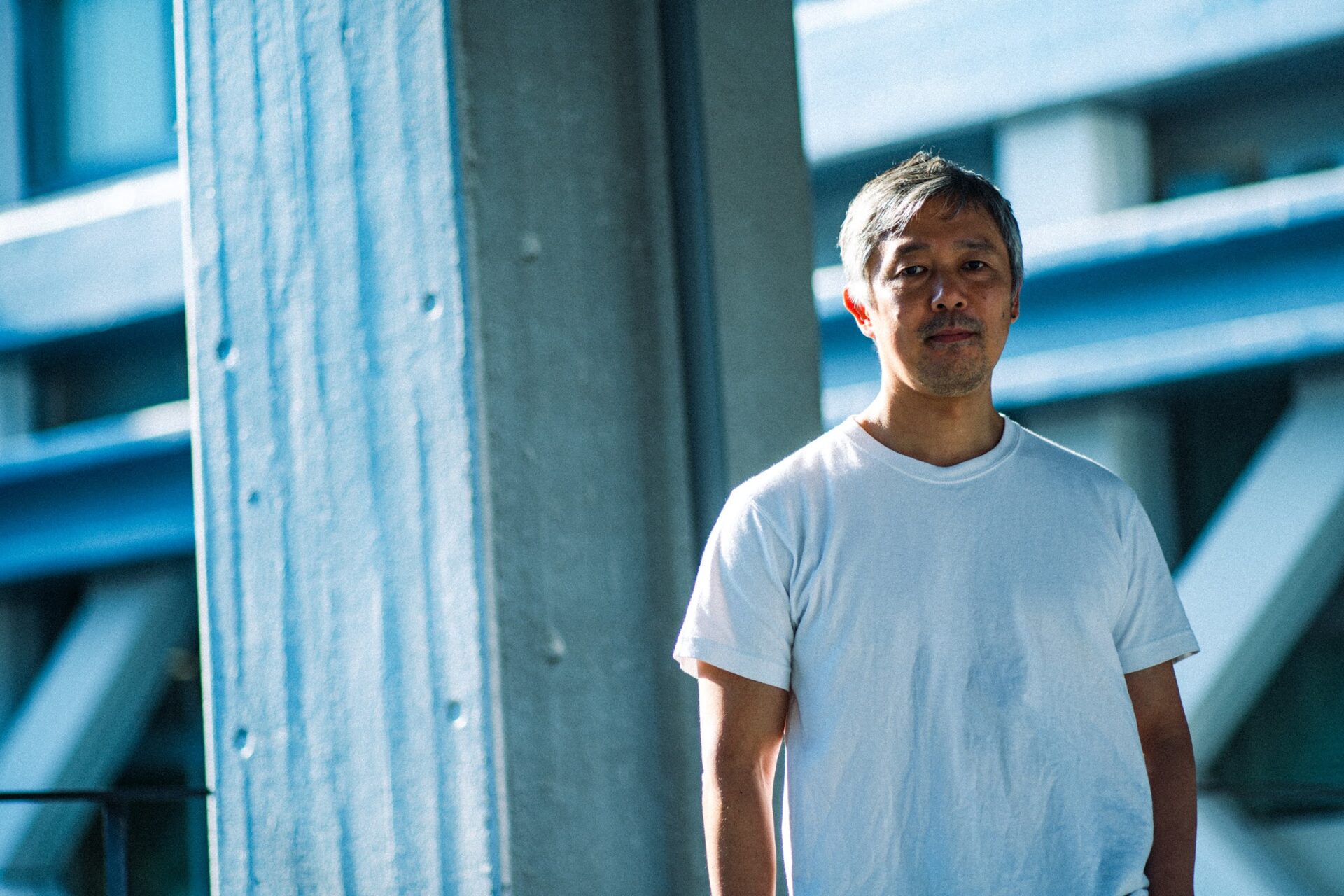How do modern day sciences understand and recreate shikohin?
In this series, “Understanding Shikohin Through Science,” we will talk to scientists of various fields such as cognitive science, brain science, psychology, etc.
For our first installment we interviewed Katsumi Watanabe who is a professor at the Faculty of Science and Engineering at Waseda University.
Professor Watanabe researches the explicit and implicit processes that make human perception, cognition, and action possible. His research aims to dismantle the “black box” of human decision making for perceptions and preferences.
As a researcher who works at the forefront of cognitive sciences, how does he understand shikohin? In part 2 of this article titled “Understanding Shikohin and Our Bodies Through Cognitive Science,” we will look into what kind of shikohin people get hooked on and how this comes to be. We also look into where the shikohin experience is heading for the future.
Shikohin
Shikohin is a food or beverage that is not nutritionally necessary for the body but gives pleasure to one’s sense of taste, touch, smell, sight, etc.
Examples include tea, coffee, tobacco, liquor, pickles, soft drinks, and ice. They often contain organic acids, caffeine, tannic acid, cocaine, alcohol, bitter substances, or essential oils. In a broad definition it may also include sweets and confectioneries.
Shogakukan’s Japanese Dictionary: Selected Edition
What makes a person get hooked on shikohin?

ーー What happens when people get “hooked” on shikohin? In part 1 of this interview, we talked about how, at first glance, our preferences seem like a result of our personal choice, but from a cognitive science perspective, we learned that how we choose our preferences is actually quite ambiguous.
I think we need to understand that the state of being hooked on something is when our brain has developed a reward system for something that has become a habit.
Our brain has a function of giving us a sense of pleasure in a reward system. To give a very broad explanation as to what this is, it is a part of the brain that becomes activated when something pleasurable (a reward) is happening in our body. The function of the reward system is very deeply related to our higher cognitive functions such as learning.
There are a number of different rewards. The first is a “level 1” reward, which is given for the necessities to maintain life such as food and water. It is also called the “animalistic reward.”
The next “level 2” reward is closely connected to the level 1 reward. These rewards include money to buy food and water, social status to obtain money, and so on.
The “level 3” reward is not directly related to level 1 rewards and is related to intellectual curiosity, such as being moved by a painting or a piece of music.
So where does shikohin stand?
Because some shikohin can have physical effects on the body, we can say that it falls under the level 1 reward that is closely related to maintaining life. However, as we talked about in the first half of this interview, the shikohin experience also includes the aspect that “we enjoy the state in which we are enjoying ourselves.” This makes it different from the other rewards.
Shikohin does not quite fit into the categories of level 1 to 3 so we must assume there is a “level 4” reward.

ーーHow would you describe the level 4 reward?
My simple explanation of the level 4 reward is that it satisfies our need to connect and communicate with others. The recent use of social media to get outside validation is one example, and this desire may include rewards from level 1 to 3, but because it includes the aspect of “enjoying the state in which we are enjoying ourselves,” it is slightly different from the other levels.
In order for humans to create a state in which they are hooked on something, there is a process of learning that needs to happen in which their brain gives the appropriate reward for the action for it to become a habit.
The reward system of level 1 to 3 is studied and understood to a large extent from past studies. In short, if a desire is connected to these rewards, there is a way for a person to get hooked. However, because level 4 rewards such as shikohin are much more complex, it is still not yet well understood in scientific terms.
Level 4 rewards are becoming increasingly important in the modern world as services shift from providing goods to providing experiences. It can be said that understanding the mechanisms that get people hooked on shikohin will be important for the future of corporate businesses as well.
Getting hooked, becoming immersed

ーー So we do not yet fully understand why humans get hooked on shikohin?
It would be much easier if we did understand it (laughs). However, there are some things we have a clear understanding about. For example, if we understand the state of being hooked as the state of being immersed in something, there are ways this has been practiced that have been around for a long time.
Humans are generally skeptical creatures that do not trust easily. We live our social lives through a process of critical thinking, such as wondering if someone is lying to us or whether the description of a product is really accurate.
At the same time, we find that we are able to immerse ourselves in another world without skepticism when we are reading a book or watching a movie.
Fictional stories in books and movies are basically make-believe that have been made to seem realistic. When you reach a certain age, everyone understands this. However, we are still fascinated by the protagonists of historical novels and moved by their cliched endings. We even watch sci-fi movies with delight, even if they are full of nonsense like everyone being able to communicate with aliens in English. These stories excite us as if we are experiencing it for ourselves.
This state in which we stop examining the untruthfulness of a story, and have a deep interest or recognize a truth in it even if we know it is a lie, is called suspension of disbelief.
In our modern society, we need the ability to accept the improbable in order to feed our imagination. When we are immersed in a shikohin experience, it can be said that we are in the state of suspension of disbelief.

ーー So you are saying that if we can immerse ourselves in a story, we can also stop thinking that something is impossible.
Although slightly different from immersion, knowing the social constructs that either limit or expand a person’s abilities will provide hints in understanding which shikohin people will get hooked on.
In psychology, we understand that an individual’s ability is influenced and changed according to their environment and the people who surround them.
There was a simple experiment on social environments where the only thing required of the subject was to continuously push a button very fast. In this experiment it was found that if the subject was surrounded by people who continuously pushed the button slowly, the subject’s pace of pushing the button would slow down. On the other hand, if the subject was surrounded by people who pushed the button very fast, the subject’s pace would speed up.
What these experiments tell us is that social environments create a “wall” that individuals cannot overcome. An individual’s ability deteriorates simply because there are people around them that push the button slowly. At the same time, social environments can help individuals overcome walls that they could not overcome on their own, as shown in the ability to speed up when surrounded by people who push the button faster.
Still, the shikohin experience is surrounded by mystery when looking at it from a cognitive science perspective.
For example, when one is enjoying shikohin, they often feel that time passes by more slowly. Psychologically speaking, when one does something that they enjoy, they tend to feel that time passes by more quickly. When it comes to how we feel time with shikohin, although the time may feel shorter after the experience is over, while it is being experienced the passing of time feels slower. The concept of the length of time and the slow passage of time are completely different concepts in the study of psychology.
How the brain perceives time when we are enjoying sikohin is a very interesting topic indeed.
Aimless moments: the future of shikohin

ーー I would like to ask you about the future of shikohin. You talked about the level 4 reward and how advancements in social media and digital technology are creating various new styles of communication in our modern world. What changes do you foresee in shikohin products and the shikohin experience?
I think that people will seek “time to disconnect” in future shikohin products and the shikohin experience.
Starting with France in 2016, then Italy in 2017, and Spain in 2018, Eurpean countries have developed legislation to guarantee the “right to disconnect.” This means that workers have the right to disconnect from their work after hours, and it is an important concept when thinking about the fatigue people are experiencing from social media as well.
Ever since the internet became commonplace, we have been living in a society where we are connected anytime, anywhere. As a result, being connected has become a source of stress. In the future, being disconnected will become a form of luxury and I think it will lead to new shikohin experiences.
ーーI imagined that there will be new shikohin experiences that come from advancements in digital technology, but perhaps that is not so?
I think there is potential in the metaverse. When we define the shikohin experience as “enjoying the fact that we are enjoying ourselves,” I believe that digital technology will provide thousands of ways for us to view ourselves from a distance.
However, the pleasure of shikohin often comes from physical sensations we feel inside our body or minds. The key to creating shikohin experiences in the metaverse will largely depend on how these physical sensations are realized. At this point, the metaverse does not incorporate physical sensations.

ーー I see. Going back to the topic of shikohin that is based on time for disconnection, what kind of experiences do you think it will involve?
One example is an experience for introspection. I believe that a lot of people today are craving to have “aimless moments.” It is difficult to escape some form of purpose in today’s world where social media is ever present.
The term “mindfulness” was trending for a while. People would see a post on social media that tells them mindfulness will help them improve their work performance and think about giving it a try. However, mindfulness is supposed to be a practice of meditation that focuses the mind on the present moment, so it should have no purpose such as improving work performance. That is completely beyond the point.
Furthermore, people are pressured into posting their experience of practicing mindfulness on social media, so the whole thing becomes completely pointless. As people repeat such experiences, it tires them out.
In such a society, I think many people desire to move away from purpose and have an experience of spending time just for themselves.

For example, a quiet bar is a place where it is easy to experience introspection. One can spend a quiet moment alone, taking their time to enjoy their drink. Time with animals may be another way to experience introspection. When we are spending time with our pets, you are alone as a human, but you are with another living being. I believe this special relationship also helps with introspection.
ーー It’s true that it is difficult to truly be alone in our modern world. When we define the shikohin experience as a level 4 reward that comes from communication, how can we realize such communication while being alone?
Introspection is to face oneself. In order to make that a shikohin experience, we must be free of purpose and spend quality time with ourselves that does not make us feel lonely. In order to do that, it is good to be able to share the experience of introspection with others.
One way to achieve this is the aforementioned social environment.
ーー To have our personal abilities be influenced by our environment and other people?
To give you an example, I enjoy drinking beer. There are many different flavors of beer and it is so diverse that it is difficult to put it all under one genre. There are also many ways to enjoy beer. The enjoyment of such shikohin depends very much on how we enjoy it, or in other words, the social environment surrounding it greatly influences the experience.
If you are having an introspective experience while drinking at a bar, you are able to enjoy that experience because the people around you are also doing the same. Everyone is having a similar introspective experience as you. By sharing that moment and space, introspection becomes a shikohin.

I mentioned that the shikohin experience is not just about physical experience or the effect of a substance on the body. The substance itself functions as a tool to share a social environment. Using alcohol as an example, the fact that you are surrounded by tipsy and happy people makes you feel the same way.
In other words, shikohin such as whisky and wine can create a connection among the people who share a love for this product (in places that are outside their inner group). Shikohin provides a way to create your own unique social environment and helps facilitate shared experiences.
In this complicated world, sharing a moment of introspection with other people who seek to do the same allows one to share the experience on a deep level. This is what satisfies the level 4 reward of communication. For the modern age people who have grown tired of connection, this kind of shikohin experience may become a form of salvation and a new way to make connections.

Photo: Kaori Nishida
Translation: Sophia Swanson
Akihico Mori writes for WIRED Japanese Edition, MIT Technology Review, and other academic publications. He holds an M.A. in Media and Communication from the University of the Arts London.
Editor and creator of the future through words. Former associate editor of Huffington Post Japan. Became independent after working for a publishing company and overseas news media. Assists in communications for corporates and various projects. Born in Gifu, loves cats.
